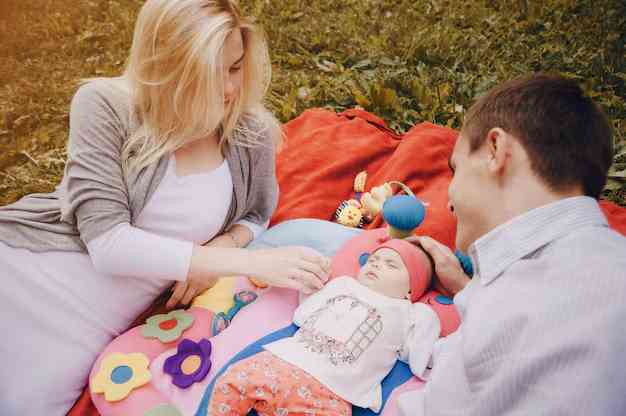First Aid Basics for Parents

Master the Must-Know First Aid Tips for Parents
Kids are naturally adventurous, leading to their fair share of scrapes, bumps, and bruises. As a parent, knowing some basic first aid can be a real game-changer. From handling a scraped knee to a sudden allergic reaction, having the right skills at your fingertips can make all the difference.
Why Is First Aid Knowledge a Must for Parents?
Understanding first aid isn’t just about reacting to emergencies; it’s about preventing complications, easing pain, and ensuring you’re prepared to act quickly. Proper first aid training equips you to handle various situations calmly and confidently while waiting for professional medical help.
The Importance of First Aid Training
Investing time in first aid training can be incredibly beneficial. It teaches you practical skills and boosts your confidence in managing emergencies. Many local community centers and hospitals offer classes, providing hands-on experience in administering first aid. Being trained not only helps you handle injuries effectively but also empowers you to teach your children basic safety practices.
Essential First Aid Tips for Parents
1. Treating Cuts and Scrapes
What’s the Best Way to Clean and Bandage a Wound?
First, rinse the wound with mild soap and water. Apply a dab of antibiotic ointment and cover with a sterile bandage. Simple, effective care to keep those tiny injuries in check!
2. Managing Burns
What to Do if Your Child Gets Burned?
For minor burns, cool the area under running water for 10-15 minutes. Cover it with a clean, non-stick dressing. For severe burns, seek medical help immediately.
3. Handling Choking Incidents
How to Perform the Heimlich Maneuver on Your Child?
For children over one year old, stand behind them, place your fist above their navel, and perform quick, inward, and upward thrusts. For infants, use gentle back blows and chest thrusts.
4. Responding to Fevers
What to Do If Your Child Has a High Fever?
Keep them hydrated and dress them in light clothing. Fever-reducing medications like acetaminophen or ibuprofen can help. If the fever is very high or persistent, seek medical advice.
5. Treating Sprains and Strains
How to Handle a Sprained Ankle or Wrist?
Use the R.I.C.E. method: Rest, Ice, Compression, and Elevation. If swelling or pain doesn’t subside, consult a healthcare professional.
6. Recognizing and Treating Allergic Reactions
What Are the Signs of a Severe Allergic Reaction?
Watch for swelling, difficulty breathing, or hives. Administer an epinephrine auto-injector if you have one and seek emergency medical help immediately.
First Aid Kits for Kids’ Backpacks
When heading out for picnics or outdoor adventures, it’s a great idea to have a mini first aid kit packed in your kids’ backpacks. Here’s what to include:
- Adhesive Bandages: For minor cuts and scrapes.
- Antiseptic Wipes: To clean wounds before applying bandages.
- Hydrocortisone Cream: For itching and rashes.
- Tweezers: To remove splinters or ticks.
- Gauze Pads and Tape: For larger wounds or injuries.
- Instant Cold Packs: For bumps and bruises.
- Children’s Pain Reliever: Such as acetaminophen or ibuprofen, appropriate for your child’s age.
When to Seek Professional Medical Help
When Should You Head to the ER?
For severe injuries, difficulty breathing, persistent bleeding, or if your child is unresponsive, seek emergency medical assistance immediately.
Conclusion
Arming yourself with basic first aid knowledge and investing in training can transform your approach to managing childhood injuries. Equip your kids’ backpacks with essential first aid items for those spontaneous adventures and enjoy peace of mind knowing you’re prepared. With these tips, you can handle minor mishaps effectively and know when to seek further help, ensuring your family’s safety and well-being.




